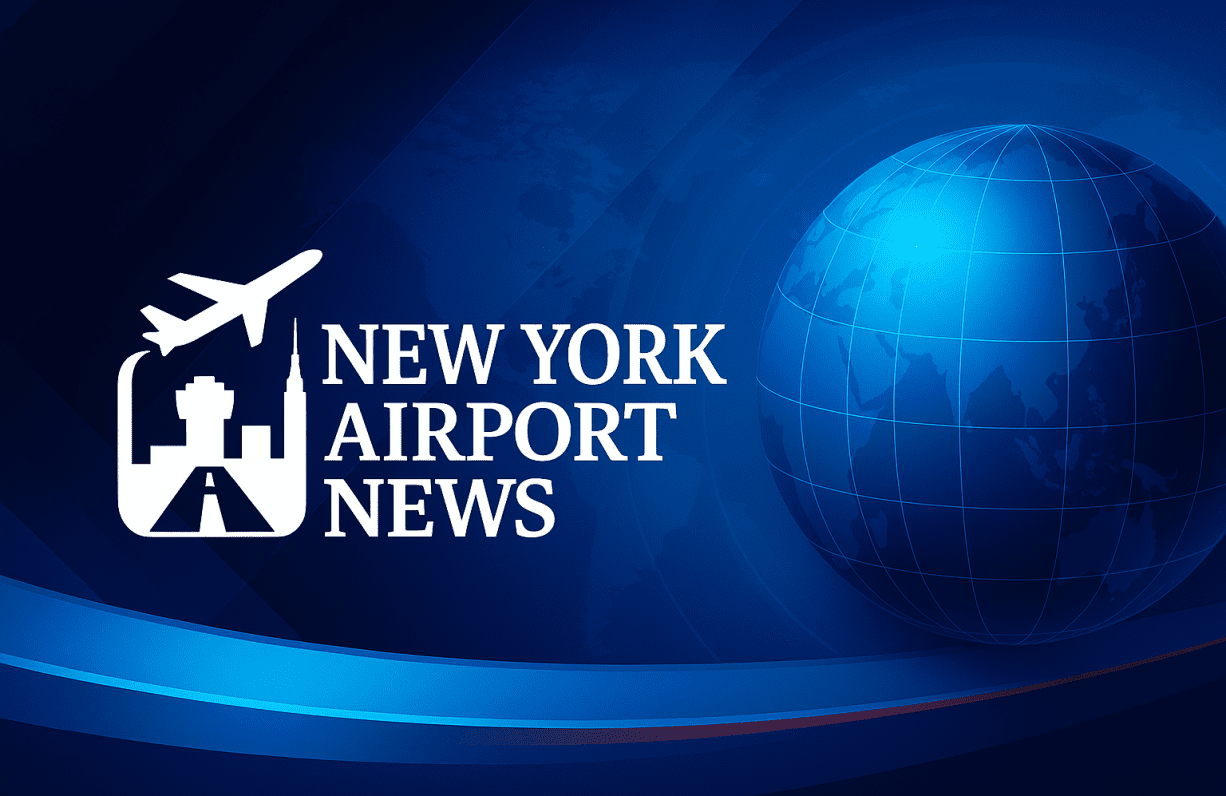John F. Kennedy International Airport (JFK), one of the busiest aviation hubs in the United States, masks a troubling underbelly behind the scenes: a sprawling system of outdated equipment, lax environmental oversight, and a pattern of fatal incidents that point to systemic negligence. This crisis isn’t isolated to JFK—it reflects broader issues within the airport ground operations industry nationwide.
At the heart of the problem is the aging fleet of ground support equipment (GSE) that services aircraft on the tarmac. Tow tractors, belt loaders, de-icing units, and other machinery are often decades old, with some dating back over 40 years. Rather than being replaced, this equipment is routinely repaired and recycled, often without comprehensive checks into its mechanical reliability or environmental impact.
Sources familiar with the industry allege that when companies acquire used equipment, there is rarely a thorough background check into the unit’s origin. Questions about whether equipment was stolen, improperly sold, or dangerously modified often go unasked—and unanswered. This lack of accountability not only jeopardizes safety but creates fertile ground for theft and black-market circulation of critical airport tools.
Compounding these issues is the Port Authority’s failure to enforce rigorous emissions standards. While the agency conducts basic smoke tests, experts argue these are cosmetic at best. The deeper, more meaningful emissions inspections—such as particulate matter analysis or diesel engine compliance checks—are rarely, if ever, conducted. As a result, older machines continue to spew pollutants into the air, affecting both workers and the surrounding communities.
The consequences of this neglect have been deadly.
Over the past two decades, multiple fatal accidents at JFK have been linked to faulty or improperly maintained equipment. In one tragic case, a Delta ground handler was fatally struck by a tug vehicle that slipped out of gear. In another, a worker was crushed when a scissor lift malfunctioned. These are not isolated events—they represent a disturbing trend in which safety takes a back seat to cost-cutting and complacency.
Attempts to trace the exact number of such incidents are difficult, as the Federal Aviation Administration (FAA) and Port Authority do not publicly release comprehensive ground crew fatality reports. However, investigative efforts have unearthed lawsuits and OSHA violations that point to a broader problem hidden from public view.
The industry’s fragmented oversight structure plays a key role in these failings. With responsibilities divided between private contractors, airlines, airport authorities, and federal agencies, no single entity is fully accountable. This leaves gaps where safety and environmental standards are inconsistently applied—or ignored altogether.
For airport workers—many of whom are low-wage, unionized employees—the consequences are personal. “We’re breathing in fumes from equipment older than we are,” said one JFK ramp worker, who spoke on condition of anonymity. “Nobody cares until someone dies—and even then, nothing changes.”
As JFK continues to expand, with billions allocated for modernization projects, critics argue that money is being spent on terminals and passenger experience while the infrastructure that supports flight operations remains dangerously neglected.
If JFK—and the broader U.S. airport system—hopes to ensure safety and sustainability, there must be immediate federal scrutiny, stronger equipment regulations, and transparent reporting of environmental and safety violations. Anything less will mean more preventable deaths, more pollution, and a continued erosion of trust in an industry that millions rely on daily.

